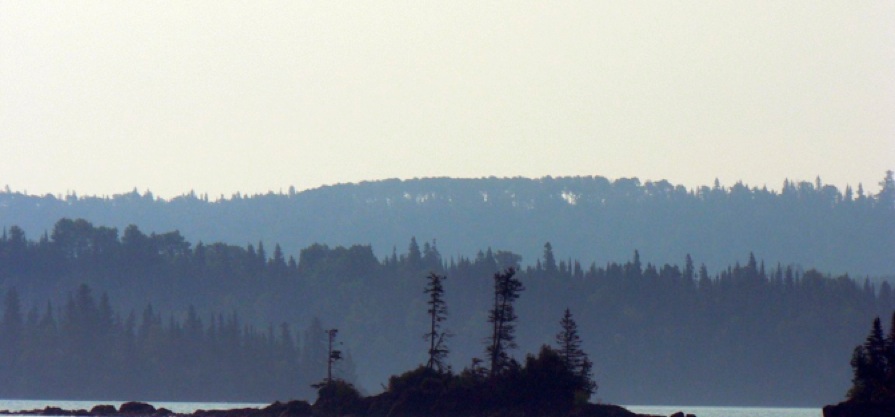









They are mostly in a formation called the Portage Lake Volcanics (PLV), a mid Proterozoic flood basalt sequence, the first great continental flood basalts on earth. This massive eruption took about 2 my and includes some of Earth’s largest known lava flows. This webpage explores the Portage Lake Volcanics formation. It includes the Keweenaw Peninsula and Isle Royale.
This is a location of great international geologic significance. The formation includes flow units that are unusually thick, which must have endured centuries as magma lakes/oceans during differentiation and solidification. The formation also hosts unique mineral deposits, including native copper and silver, and unusually diverse amygdaloidal zeolite and prehnite/pumpellyite minerals associated with geothermal mineralization associated with rift subsidence and burial. In addition, thrust faulting has raised the formation here so that a deep crustal section, usually deeply buried, is at the surface.





